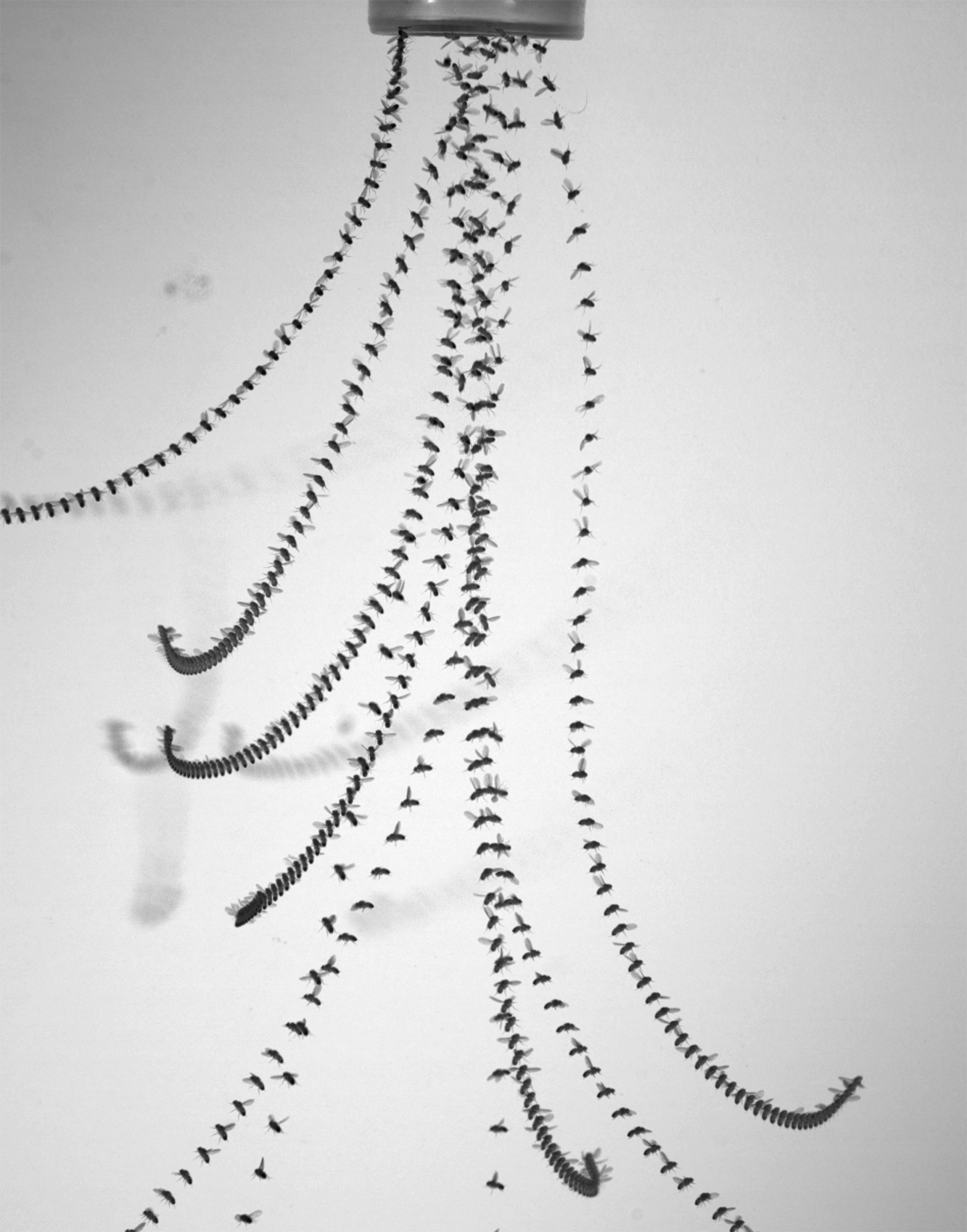PROVIDENCE, R.I. [Brown University] — Flies have evolved excellent flying skills thanks to a set of complicated interactions between numerous genes that influence wing shape, muscle function and nervous system development, as well as the regulation of gene expression during development. These interactions are identified by a team of Brown University researchers in a Thursday, March 18, PLOS Genetics study.

“Fruit flies are colloquially named after their most recognizable ability: flight,” said study lead author Adam Spierer. “Yet until now, there wasn’t a systematic study working to uncover the genetics of flight in flies with modern genetic and computational tools.”
Spierer, a post-doctoral researcher who earned his Ph.D. from Brown in 2020, conducted the research while working in the lab of David M. Rand, a professor of ecology and evolutionary biology and study co-author.
“One of the big questions in biology asks: How does genotype, or DNA, contribute to phenotype, or the traits we possess?” Spierer said. “Previously, it was thought that the summation of effects from many genes can add up to the end result. But other studies have done a good job of showing specific combinations of variants and genes can also have a large impact. Our work supports the role of both types of effects and interactions, and contributes to the broader debate within the field of quantitative genetics and complex traits.”
The familiar airborne insects of the genus Drosophila rely on flight for vital tasks, like courtship, finding food and dispersing to new areas. Despite the importance of this ability, scientists have known little about the genetics underlying flight performance.
In the new study, the research team performed an analysis, called a genome-wide association study, to identify genes associated with flight. Using 197 genetically different fruit fly lines, they tested the flies’ ability to pull out of a sudden drop. Then, using multiple computational approaches (including the new PEGASUS_flies, a gene inference tool first used in human studies that this research team adapted for Drosophila), they related the flies’ performance to different genes and genetic variants, as well as to networks of gene-gene and protein-protein interactions.